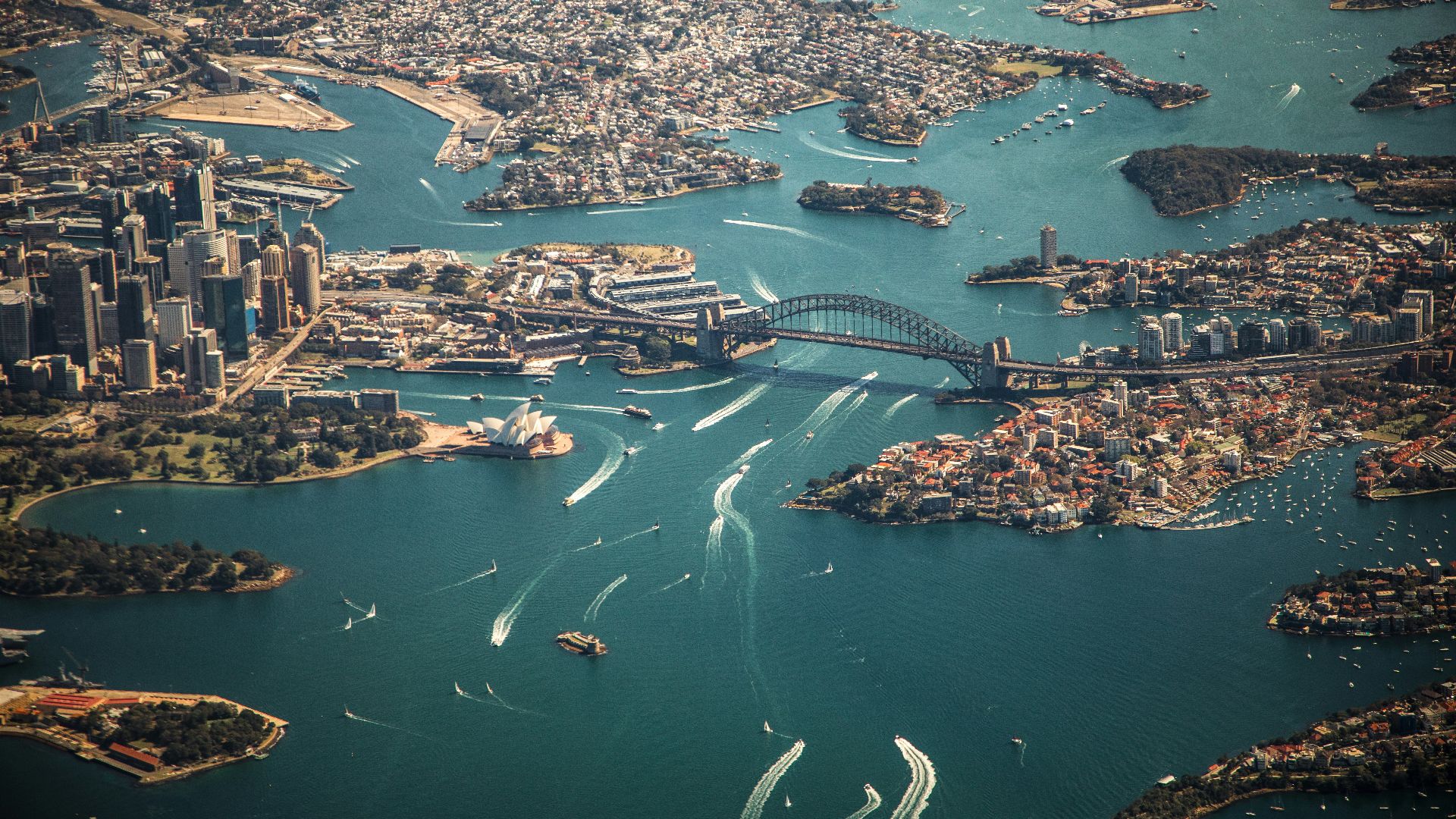The global aviation map is being redrawn in real time, and most travelers haven't even noticed yet. As new ultra-long-haul routes are popping up, traditional hubs have begun to lose dominance, and airlines are experimenting with point-to-point service that bypasses major airports entirely. According to the International Air Transport Association, passenger traffic patterns shifted dramatically after 2020 and haven't returned to pre-pandemic norms. Where we're flying—and how we get there—looks different now and is unlikely to return to how it once was.
Ultra-Long-Haul Routes Are Multiplying
Singapore Airlines operates the world's longest commercial flight: Singapore to New York, a journey of nearly 19 hours nonstop covering over 9,500 miles. Qantas is testing direct flights from Sydney to London and New York—routes that would've been unthinkable a decade ago. The Airbus A350 and Boeing 787 make these marathon journeys possible with fuel efficiency that earlier planes couldn't match.
For travelers, this means fewer connections and less time wasted in airports. The tradeoff is that you’ll be stuck in a metal tube for the better part of a day. Airlines are adapting with better cabin pressure, improved air filtration, and seat designs meant to reduce fatigue on flights exceeding 16 hours. Whether that's enough to make the experience pleasant is debatable. After all, there's only so many in-flight movies someone can watch in a row.
The economics work because these planes carry fewer passengers but target premium travelers willing to pay for the convenience. Business class revenue on ultra-long-haul routes can exceed 50% of total ticket sales, even though those seats represent a mere 20% of the cabin.
Secondary Cities Are Getting International Service
Nashville now has nonstop flights to London. Austin connects directly to Frankfurt. Airlines are discovering that bypassing congested mega-hubs and serving mid-sized cities directly can be profitable, especially with smaller, efficient aircraft like the A321XLR that can cross the Atlantic while carrying 180-200 passengers.
This shift benefits travelers outside major metros who previously had to connect through New York, Atlanta, or Chicago to reach international destinations. It also means less strain on overwhelmed hub airports. Anyone who's navigated O'Hare during a weather delay knows that reducing reliance on these chokepoints is probably good for everyone's sanity.
Asia-Pacific Routes Dominate Growth
While transatlantic traffic remains strong, the real expansion is happening across Asia and the Pacific. Routes connecting Southeast Asian cities to Australia, India to Southeast Asia, and China to everywhere have seen explosive growth. The IATA projects that Asia-Pacific will account for over half of global air traffic by 2040, driven largely by the expanding middle class in countries like India, Indonesia, and Vietnam.
For Western travelers, this means better connectivity when visiting Asia and more competition driving down prices on popular routes. It also means aircraft configurations are changing. For instance, Asian carriers often prioritize economy class density over premium cabins because that's what their markets demand.
Fuel Costs Are Reshaping Everything
Jet fuel represents roughly 30% of airline operating costs, so even small efficiency gains produce massive savings. This is why you're seeing older 747s and A380s retired early in favor of twin-engine planes that burn 25% less fuel per seat. The A380, that magnificent double-decker whale of an aircraft, is becoming increasingly rare due to how expensive it is to operate.
Ticket prices naturally reflect fuel economics. Routes served by newer, more efficient aircraft can sometimes offer lower fares because the underlying costs are lower. Shopping by aircraft type isn't something most people think about, yet it genuinely affects what you'll pay.
Climate Concerns Are Influencing Route Planning
Airlines are starting to factor carbon emissions into route decisions, mostly from regulatory pressure. Some European carriers now display the carbon footprint of each flight during booking. Sustainable aviation fuel is slowly entering the mix, though it currently costs two to four times more than conventional jet fuel and represents less than 1% of total consumption.
We're also seeing flight-shaming bear an impact on certain routes, with short-haul flights getting blasted by activists in areas where train routes offer a more environmentally friendly alternative. Some governments are even mulling over the possibility of legally discouraging short-haul flights along certain routes, making it lawfully required to take high-speed rail instead. Whether this attitude spreads beyond European lawmakers remains to be seen.










